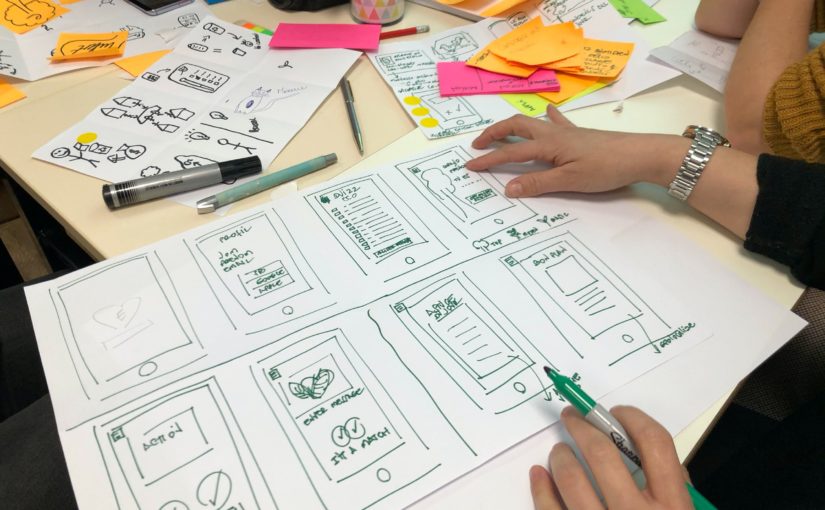Designing for All Users by Starting at the Beginning Far too often, products are designed to meet the needs of the typical user. As a user experience researcher, I’m always cautious about defining the “typical user” for any of the digital or physical products I work on. My UX research has included work on business processes, websites, services, software platforms, digital games, physical products, and physical properties. I prefer to use a usage maturity matrix and design to meet the
Continue reading

